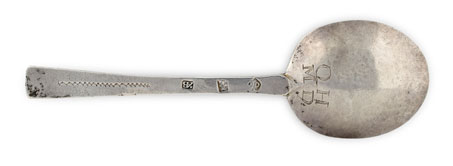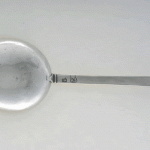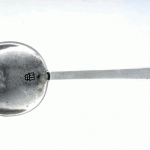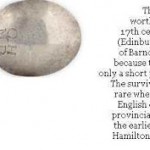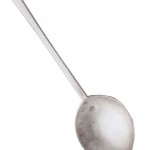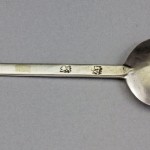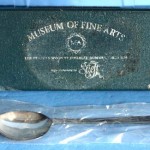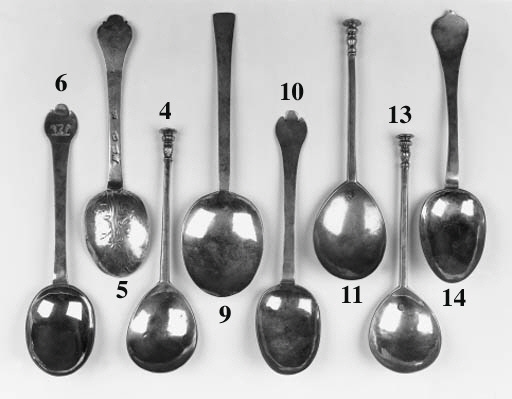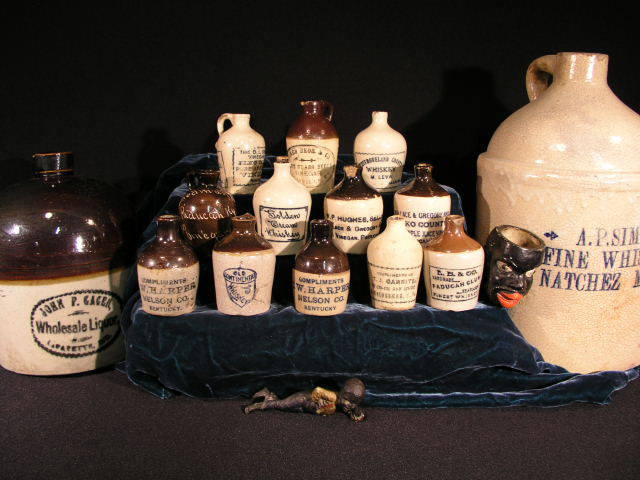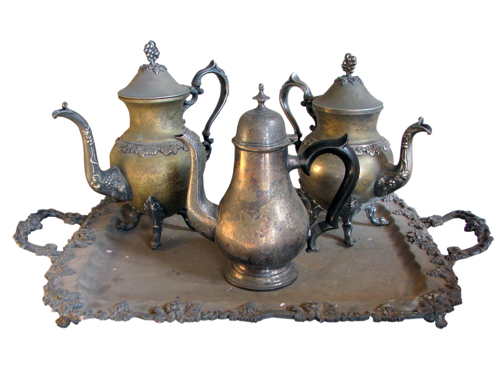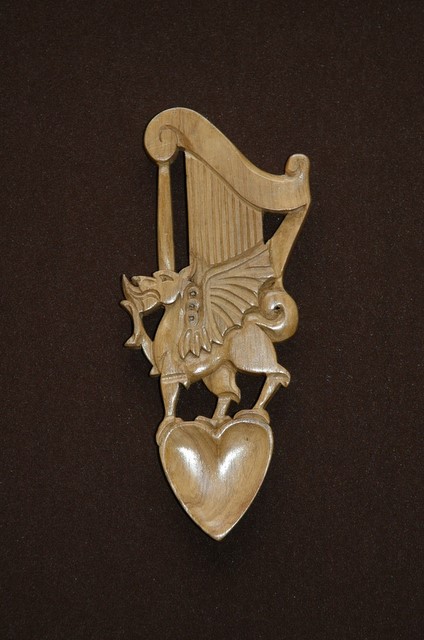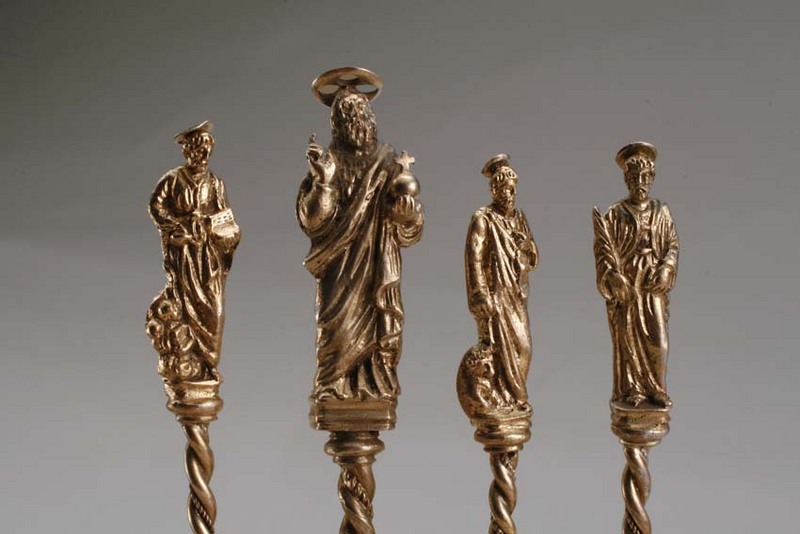A very plain spoon, particularly favoured during the Commonwealth period. Due to the short span of production in the 17th Century, they tend to be quite rare. Provincial examples are more common than London specimens.
They were the first style of spoon to have a flat stem as previously hexagonal was the standard form. The stem is plank-like and ends without decoration, the bowl shape changed to almost oval, and in later examples the first appearance of a small rat-tail under the bowl to improve the strength of the join between stem and bowl.
The puritan spoon replaced the slip-top spoon (with hexagonal stem and fig shaped bowl) during the early Commonwealth period and gained it’s name from Cromwell’s Puritan soldiers opposed to King Charles I, who considered the more elaborate Apostle spoons irreverant.
Due to the fact that so much silver was melted down during and after the English civil war, Puritan spoons are rare and very collectable. Smaller children’s puritan spoons are extremely rare.
Sold at Christies:
Lot Description
Price Realized (Set Currency)
£1,495
A Charles II ascribed West Country puritan spoon,
the slightly tapering stem with a truncated end, ‘pricked’, “F.I. B.I. 1670” on the front of the stem at the top, the large rounded bowl with a rudimentary ‘V’ rat-tail, no maker’s mark, Exeter, circa 1670, crowned ‘X’ mark once in the bowl and twice on the back of the stem – 20cm long, 2oz.

